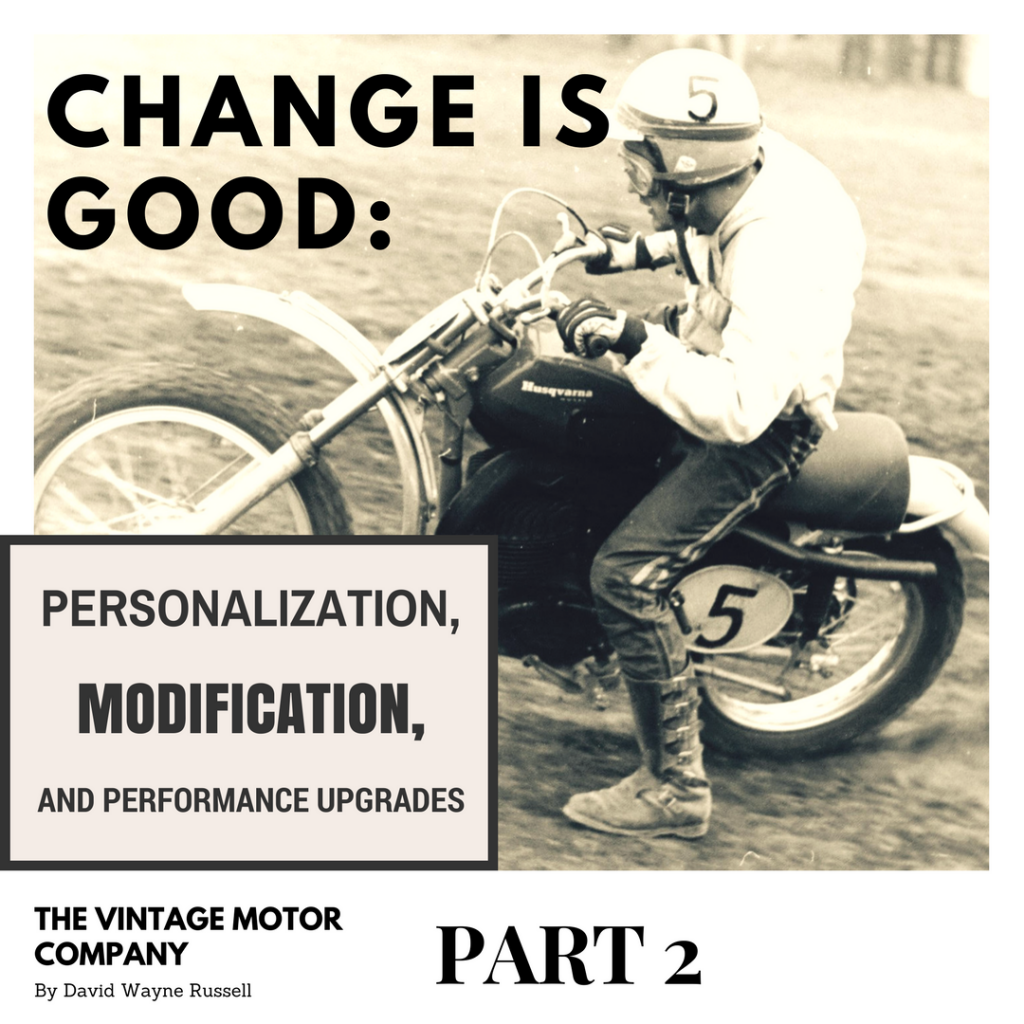No products in the cart.
motorcycle resstoration
Change is Good: Personalization, Modification, and Performance Upgrades Part 2
Part 2: More Stuff about Why Do We Do It
featured image: Justyn Norek
Intro: A bit of theoretical meandering
The Vintage Motor Company is proud to release part 2 of 3 of our series on motorcycle personalization and modifications. New readers are encouraged to read part 1 of the series located here.
Changes made to a motorcycle—the motorcycle being more of a performance-centric machine than a car—are probably more closely scrutinized than the casual modifications to a street car, where some frivolity is accepted. As we have noted, not every automobile “performance” modification does actually increase performance—at least, if speed, power, cornering ability, and the like are the criteria. A modified car, such as a low-rider or “art car,” might actually lose performance in the process of becoming more attractive to its audience. Examples of this inverse modification-versus-performance relationship in cars include the fitting of excessively wide or narrow tires, extreme suspension modifications, and some engine treatments. The addition of any of these can actually degrade the machine’s performance, as we normally define the term. Usually, however, this is the exception. The modification is nearly always meant to make the car better at something, even if that something is bouncing up and down—as is the case with some customized “lowriders.”
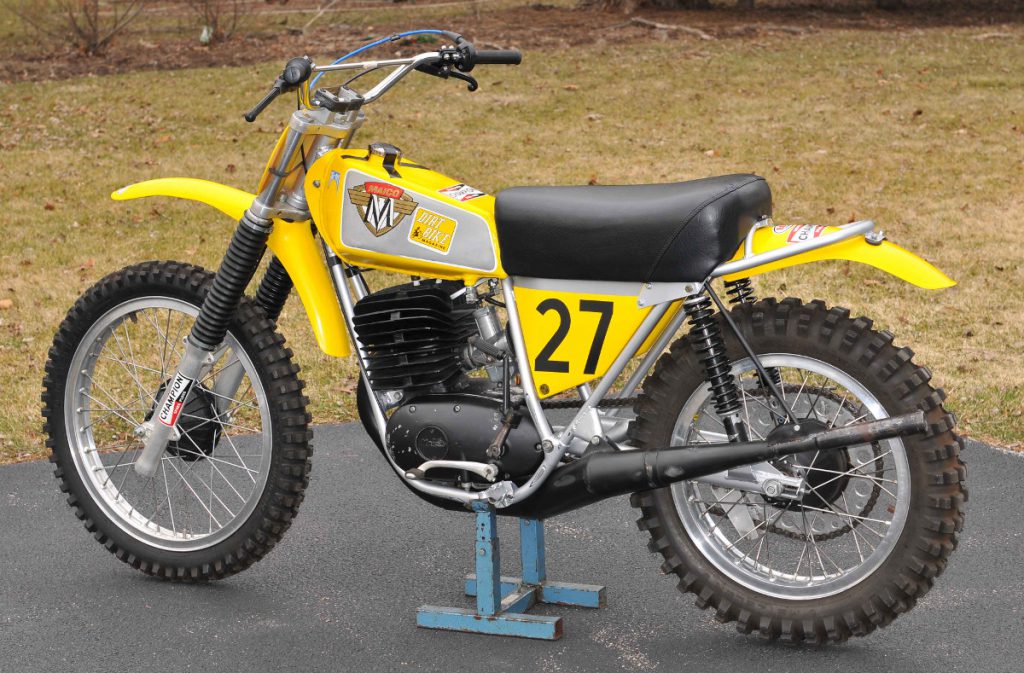
We do, generally, expect change to be good and of value, and the most quantifiably good value in a machine is the observation that the modified object is doing its job—carrying and moving better, going faster and higher, and so forth. As Lewis Mumford quotes Ralph Waldo Emerson in discussing the aesthetics in the machine age, “Beauty rests on the foundations of the necessary.”[1] To further this analogy, any modification that does not result in some degree of betterment to the motorcycle, is unnecessary and therefore, not beautiful.
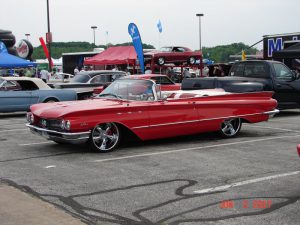
Mumford calls into play architect Louis H. Sullivan’s earlier dictate, for his own rule: “Form follows function; underlining it, crystallizing it, clarifying it, making it real to the eye.”[2] And, design historian Arthur J. Pulos makes much the same argument when describing beauty as “the natural by-product of functional refinement.”[3] Their point is this: aesthetically pleasing modifications will be performance-enhancing modifications—and vice-versa.
“Form follows function; underlining it, crystallizing it, clarifying it, making it real to the eye.”[4]
We have established that the rider who customizes a motorcycle for performance is also expressing himself and some of his values. While outwardly building for performance, he enjoys the visual aspect of these ideas, reflected back to him. (This assumes the customizer truly seeks performance and is not just showing off.) The physical changes he’s made come back to him as ideas: power, speed, longevity . . . the betterment of the machine. These ideas are also available to—and usually also directed at—other enthusiasts. These ‘others’ are those who understand what is being done and why: the builder has expressed what he feels is correct, and is looking for response and confirmation from others.[5] He and they are members of the same ‘tribe,’ we might say; a group of people who are alike in their quest for better-performing motorcycles. In short, the rider/modifier knows that other motorcycle people recognize and pronounce judgment on what has been done to his vehicle, so he in turn conforms to expected norms (for the most part). By this we mean that even the most pure, performance-driven builder still desires the approval of others in his community. Grandfatherly New Zealander Burt Munro, as played by Anthony Hopkins in 2005’s World’s Fastest Indian and marching to his own drummer, is still personally concerned, to some degree, with creating an end result which meets the quality expectations of others within his culture of speed.[6]

Hopkins’ financially-strapped character may shave down old worn street tires to make “slicks” for his Bonneville Salt Flats record attempt, or cast his own pistons in his shed, but he in no way wishes to be seen as an amateur or slacker by the American speed enthusiasts he encounters. He may not have money, but, as indicated by the blown-up engine parts on his shelf, labeled “Offerings to the god of speed,” he is not fooling around, either. He is creating his own machine for his own purposes, yet at the same time cognizant of and communicating to others something about that machine—and himself.
Performance modification and the “Workmanship of Risk”
Perhaps the builder is not completely aware, himself, of what he is trying to communicate. He might even deny that communication or group approval isn’t his intention at all; that he doesn’t care what others think. But, this communication happens anyway: symbols are presented by one man and decoded by another. The modifier of a racing motorcycle would probably state that he is primarily—even only—interested in improving the performance of the machine; knocking seconds off a lap time. He might laugh at the idea that he is in any way trying to impress anyone with his handiwork. Yet, at the same time the builder is indeed very conscious of which parts are added, how they are constructed, and the skill and attention to detail with which he will attach the part. He wants to convey to any onlooker that he has in fact solved the problem; that the work is done in a craftsman-like manner. (“Sano” was once a word for this.) After all, he will be riding with (or racing against) others like himself who appreciate and value the same considerations. Because the motorcycle customizer is taking some degree of a gamble in making his alterations, his work is, as woodworker/critic David Pye describes it, something of a “workmanship of risk.” Pye—a woodworker, and admittedly directing his argument towards woodworking (but nonetheless applicable to motor enthusiasts)—is referring to risk on two primary levels. First, the creator is taking a risk in that the creation may not work aesthetically. Secondly, a daring creation/modification may not work, at all; making a daring cutout, hole, or structural change may very well destroy the creation the woodworker seeks. As the woodworker takes a risk with that last, deep lathe cutting, so does the motorcycle customizer, modifying an engine, suspension, and so forth.
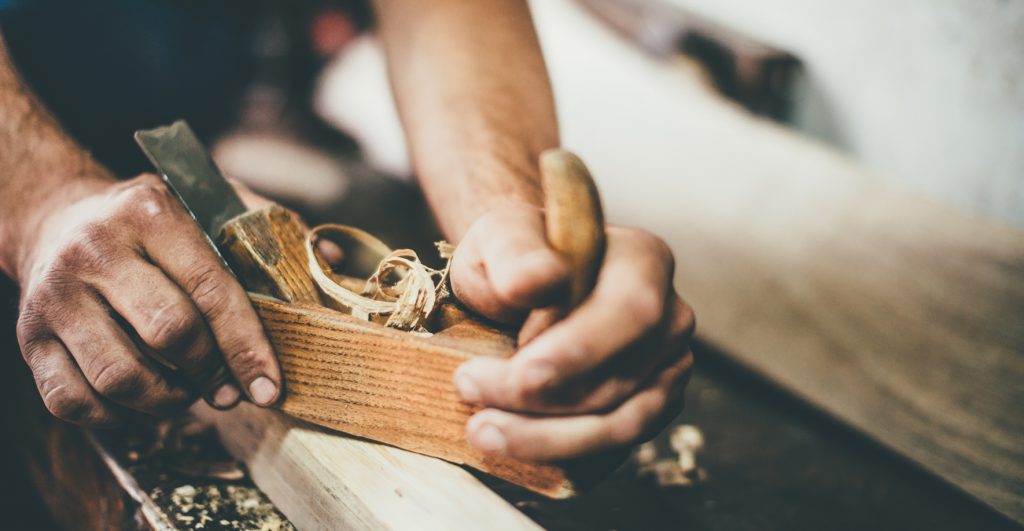
Certainly, not changing anything involves no risk on the customizer’s part. That is a safe position. And, adding bolt-on, pre-determined work involves some, but yet minimal risk; Pye would call this most careful change a “workmanship of certainty,” that is, free from most risk—mechanical or judgment-wise—but also less likely to reward the worker. (An example of this risk-free work, as applied to a motorcycle, might be the replacement of a simple, original equipment item with a similar piece—say, an FMF pipe).[7]
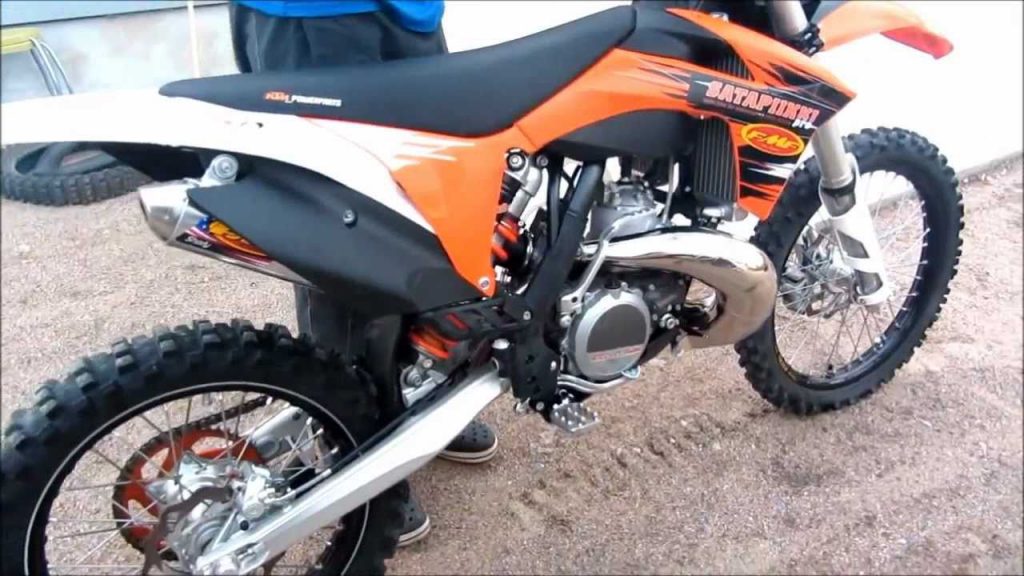
The true customizer’s work is not only at risk in the creative and building process, but also in the continued performance of the part and the entire machine. Even when incorporating a mass-produced item into the motorcycle, the builder may be seen as working in [Pye’s definition of] an “unregulated” and risky fashion, since the responsibility for proper attachment of the part and the ultimate performance of the machine now rests on the builder, and not on the original motorcycle manufacturer or on the maker of the custom part. The customizer is taking some risk with each step he (or she) takes away from “stock,” and stands to be rewarded personally by its functional performance, as well as being recognized—or rejected—by knowing observers, who will judge his success in defining and solving a problem.
The Modified vehicle as Art Object
Why else, besides performance enhancement and self-expression, might motorcyclists be drawn to modify their machines? In order to continue, let’s first throw away all the snooty connotations of what an “artist” is, and consider—for the sake of discussion—the car/bike customizer as an artist as well. We can say, in part, this because the motorcycle builder and his altered machine clearly resembles the attraction of other artists to their more mainstream creations (visual art, sculpture, writing, etc.); that quality which art critic Clive Bell calls the pure “material beauty” of the new creation.

This is the object as seen by the artist in its simplest form, before the object is re-interpreted by others and becomes what we pronounce ‘art.’[8] The artist (in our motorcycle case, we can refer to him as the artist-builder) sees this pure form as an end in itself, but in presenting us the form in a revised context, he consciously—or perhaps unconsciously—invites our appreciation of the object as well.
The young man who puts ridiculously-large tires on his truck knows they are not really a ‘performance part,’ and will not help its performance at all; still, he is executing his idea of ‘material beauty’ for his—and thereafter, our—contemplation. The arrangements and combinations by the artist-builder cause the viewer to react emotionally. The modified car or motorcycle was not meant to rest in isolation, hidden in the builder’s garage. Ideas require a receiver and well as a sender. The creation is intended to be brought forth into the world, onto the road or track, where its beauty and meaning will be expressed in the sight of its beholders. (Can this be applied to the “Ride it, don’t hide it” mantra of the antique motorcyclists?)
Ultimately, we can say that the material beauty Bell spoke of, in the case of a true performance part—and a high-performance motorcycle—is dependent upon the part fulfilling Mumford’s expectations: functional, lightweight and minimally complex. A successful performance part is usually engineering haiku—the smallest, simplest arrangement necessary to perform the required function. Examples are the delicate parts made for Suzuki’s incredibly light RH72 250cc factory racers, circa-1972. Components created for the amazing 168 pound machines were designed for light weight, and given no more structural mass (strength) than absolutely necessary to last through the two forty-minute motos.[9] The part was replaced after each race; it was expected to fail if used beyond this period. Success (and beauty) was directly and critically linked to functionality.
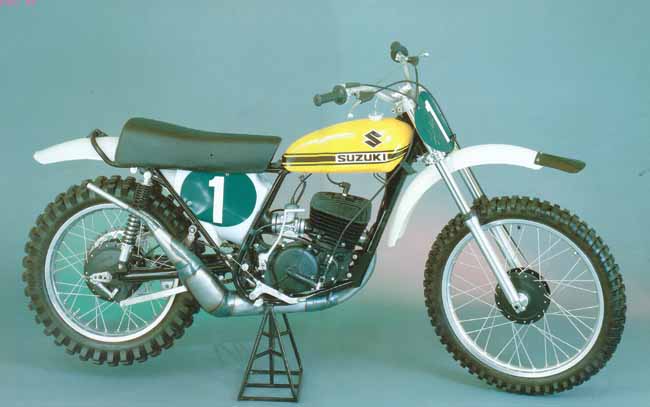
If you enjoyed the article, please consider “Liking” us on Facebook (link below) or supporting the Vintage Motor Company by checking out our shopping page located here. It just happens that we think these are the coolest vintage bike t-shirts available anywhere – and many others agree!
[1] Lewis Mumford. “The Esthetic Assimilation of the Machine,” in A Modern Book of Esthetics, ed. by Melvin Rader, (New York: Holt, Rinehart and Winston, Inc., 1973), 481-90.
[2] Louis H. Sullivan, “The Tall Office Building Artistically Considered,” Lippincott’s Magazine 57 (March 1896), 403-409; and later published as “Form and Function Artistically Considered” in The Craftsman 8 (July 1905), 453-458.
[3] Arthur J. Pulos, American Design Ethic: A History of Industrial Design to 1940 (Cambridge, MIT Press, 1983), 7.
[4] Louis H. Sullivan, “The Tall Office Building Artistically Considered,” Lippincott’s Magazine 57 (March 1896), 403-409; and later published as “Form and Function Artistically Considered” in The Craftsman 8 (July 1905), 453-458.
[5] R.G. Collingwood, “Art as Expression,” in A Modern Book of Esthetics, ed. by Melvin Rader (New York: Holt, Rinehart and Winston, Inc., 1973), 90-100.
[6] World’s Fastest Indian, dir. by Roger Donaldson (2005; Magnolia Home Entertainment, 2006 dvd). Burt Munro (1899-1978) was faithfully portrayed in the movie, and still holds several land-speed records.
[7] David Pye, The Nature and Art of Workmanship (Cambridge: Cambridge University Press, 1998), 9, 34-45.
[8] Clive Bell, “Significant Form,” in A Modern Book of Esthetics, ed. by Melvin Rader (New York: Holt, Rinehart and Winston, Inc., 1973), 228-37.
[9] Terry Good, Legendary Motocross Bikes (Minneapolis, MN: Motor Books, International, 2009), 28-30.

